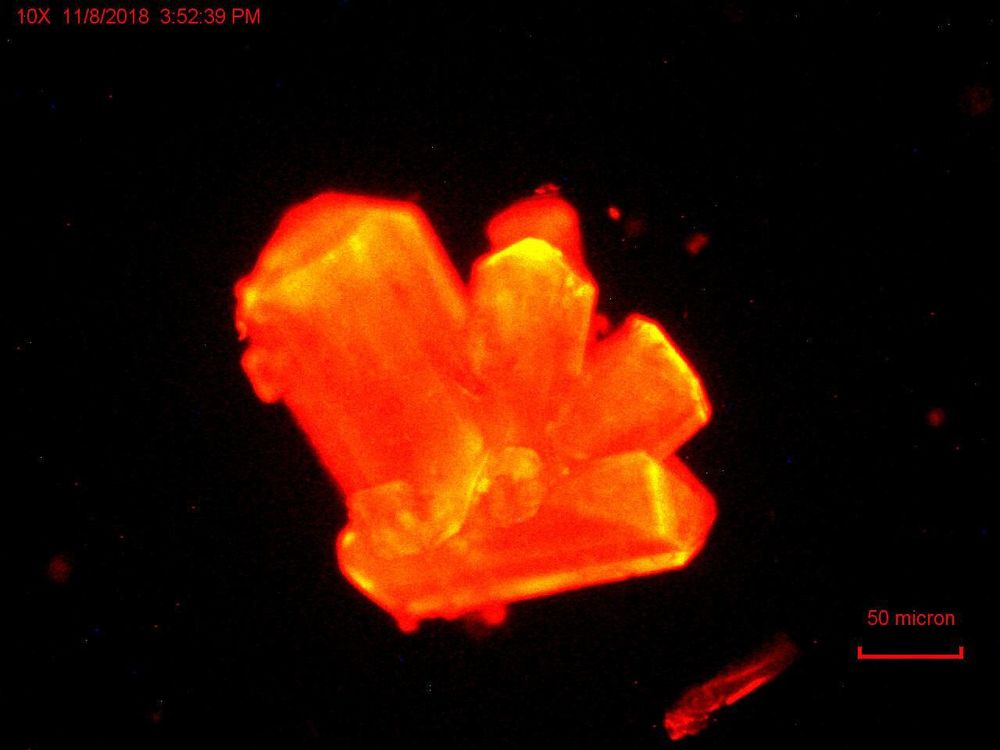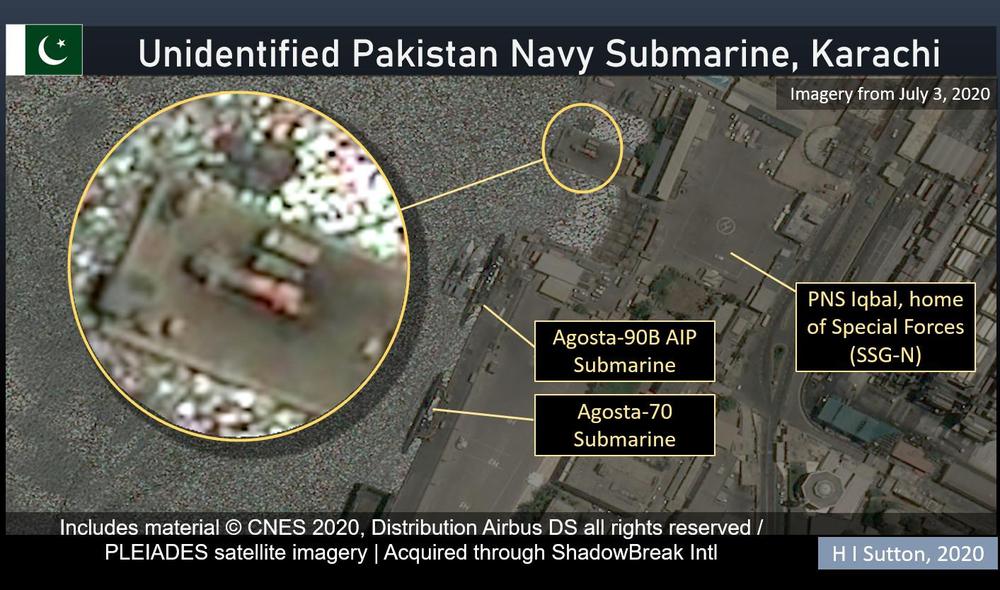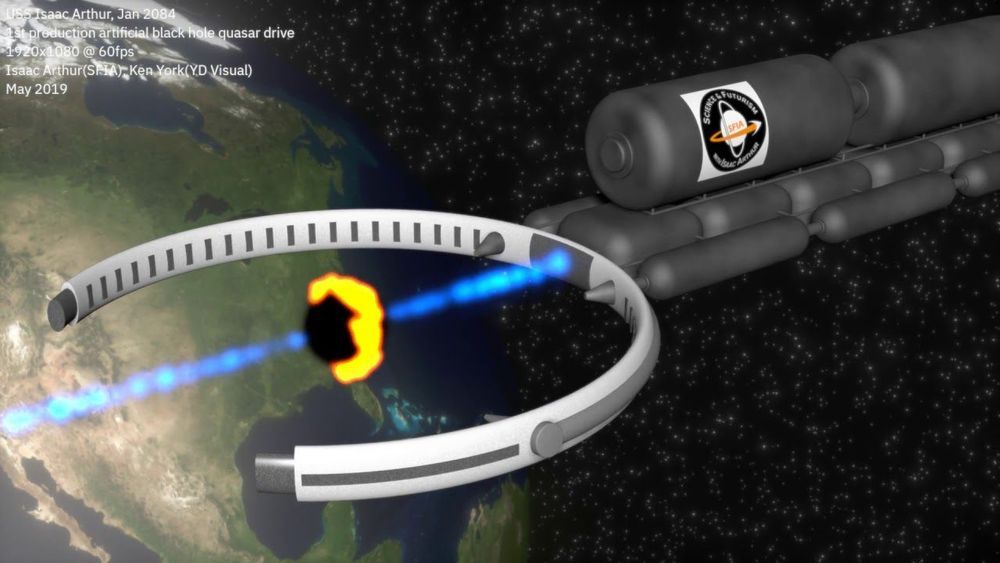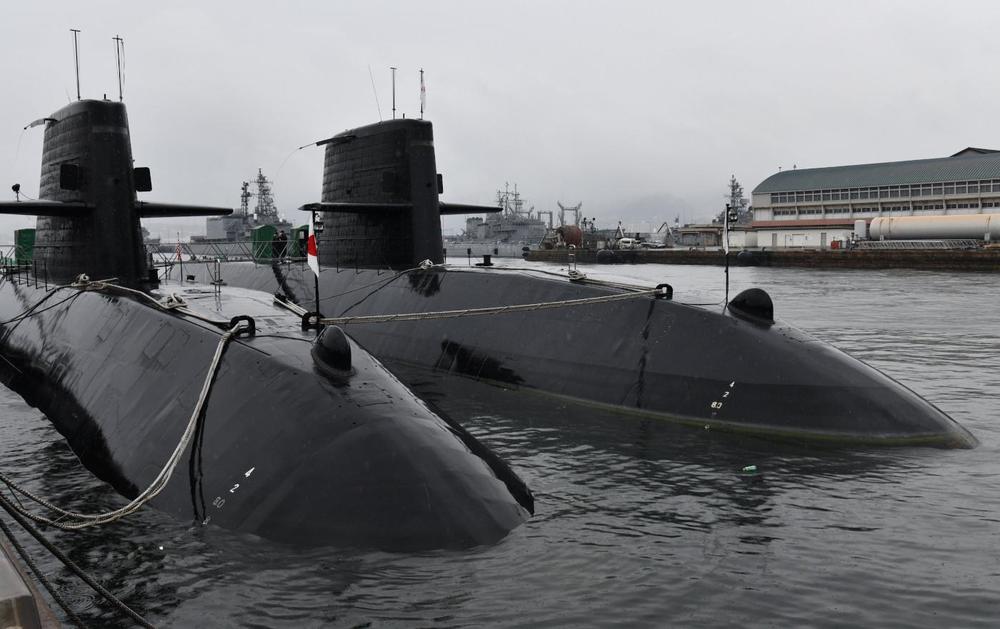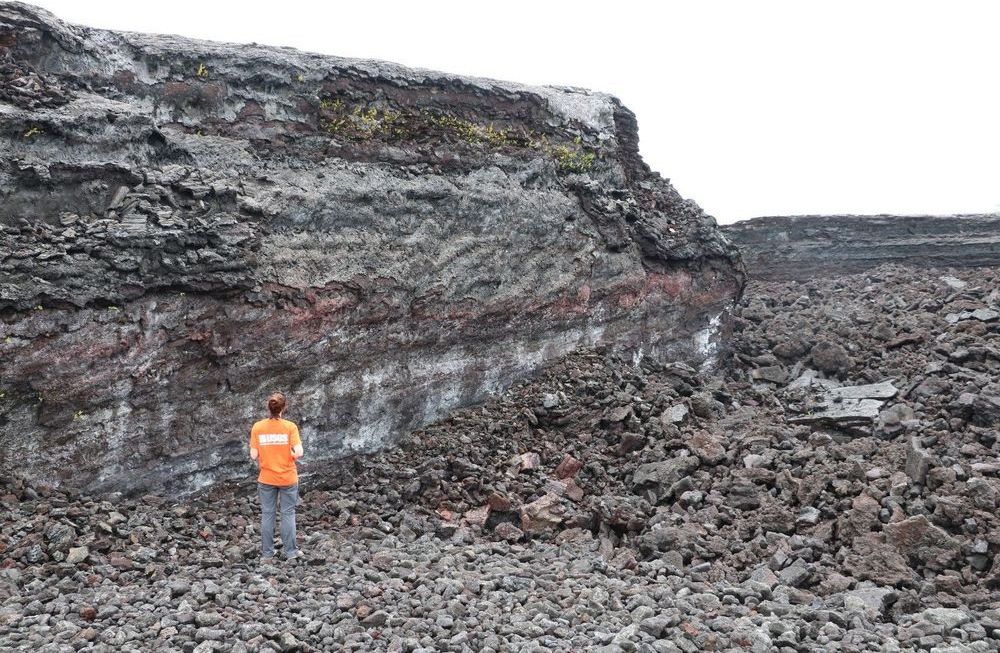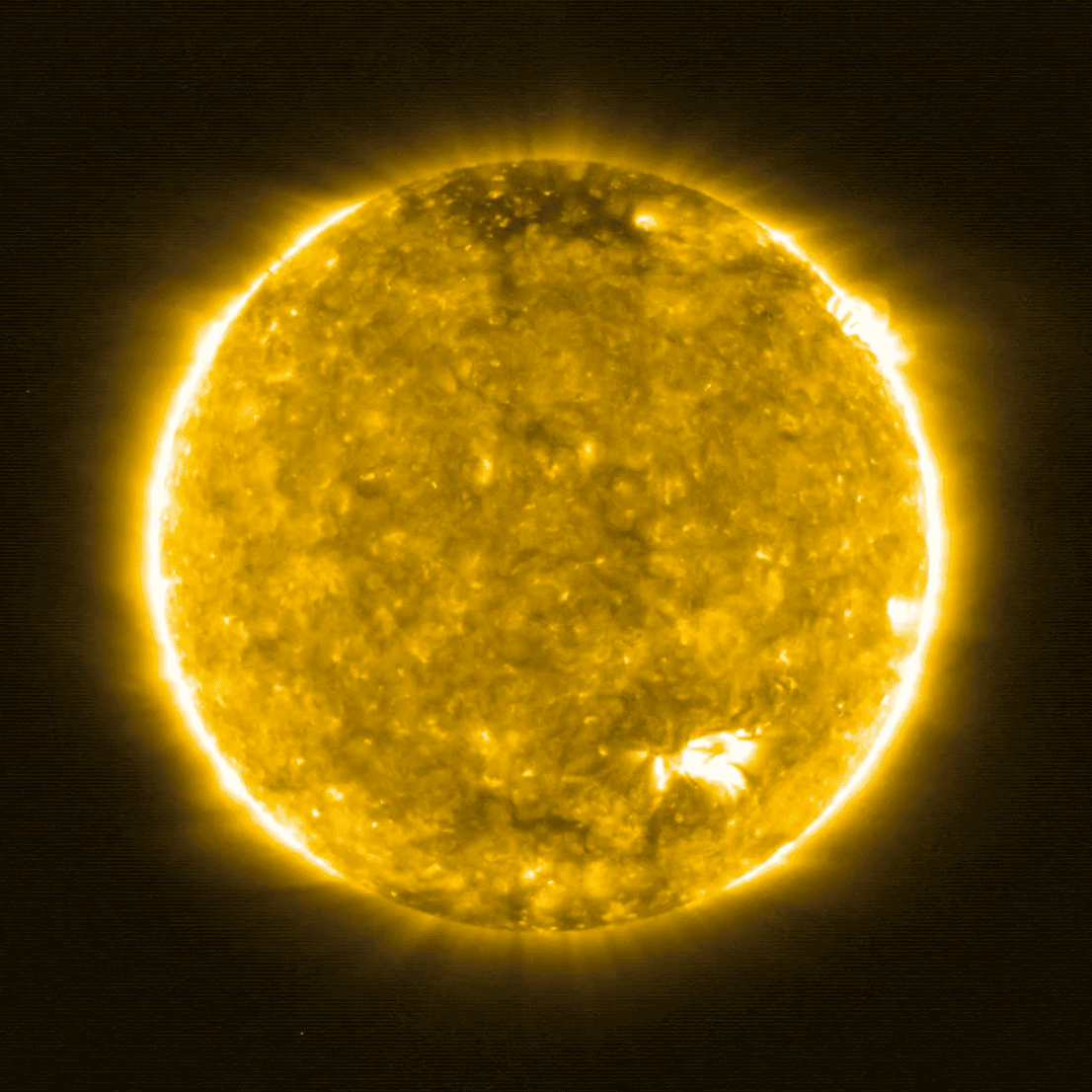
Glioblastoma is the most aggressive type of cancer that begins with the brain and develops from astrocytes, star-shaped brain cells that help protect the brain from diseases in the blood and provide the brain’s neurons with nutrients, with around 12,000 cases diagnosed in the United States each year. Glioblastoma cells have more genetic abnormalities than the cells of other types of astrocytoma brain cancer. Now researchers from the University of Virginia (UVA) School of Medicine report they have identified an oncogene responsible for this deadly cancer.
Their study, “A cytoskeleton regulator AVIL drives tumorigenesis in glioblastoma,” is published in Nature Communications and led by Hui Li, PhD, associate professor, pathology, at the University of Virginia School of Medicine and the UVA Cancer Center.
“Glioblastoma is a deadly cancer, with no effective therapies. Better understanding and identification of selective targets are urgently needed. We found that advillin (AVIL) is overexpressed in all the glioblastomas we tested including glioblastoma stem/initiating cells, but hardly detectable in non-neoplastic astrocytes, neural stem cells or normal brain,” the researchers wrote.

